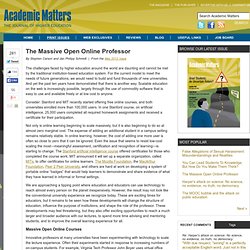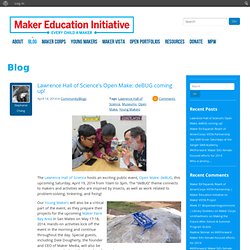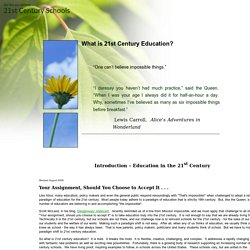

Sharism: A Mind Revolution. With the People of the World Wide Web communicating more fully and freely in Social Media while rallying a Web 2.0 content boom, the inner dynamics of such a creative explosion must be studied more closely.

What motivates those who join this movement and what future will they create? A key fact is that a superabundance of community respect and social capital are being accumulated by those who share. The key motivator of Social Media and the core spirit of Web 2.0 is a mind switch called Sharism. Sharism suggests a re-orientation of personal values. We see it in User Generated Content. Sharism is encoded in the Human Genome. Thus, our brain supports sharing in its very system-nature. However, daily decisions for most adults are quite low in creative productivity, if only because they've switched off their sharing paths.
These mind-switches are too subtle to be felt. Non-sharing culture misleads us with its absolute separation of Private and Public space. The Massive Open Online Professor. The challenges faced by higher education around the world are daunting and cannot be met by the traditional institution-based education system.

For the current model to meet the needs of future generations, we would need to build and fund thousands of new universities. And yet the past ten years have demonstrated that there is another way. Scalable education on the web is increasingly possible, largely through the use of commodity software that is easy to use and available freely or at low cost to anyone. Consider: Stanford and MIT recently started offering free online courses, and both universities enrolled more than 100,000 users.
In one Stanford course, on artificial intelligence, 25,000 users completed all required homework assignments and received a certificate for their participation. Not only is online learning beginning to scale massively, but it is also beginning to do so at almost zero marginal cost. Massive Open Online Courses Interactions are largely peer-to-peer.
Flipped classroom. Connected learning. Maker Education Initiative. At Maker Ed, we believe that every child is a maker.

We aim to celebrate the inclusivity of making, and this month in particular, we are highlighting our work with female makers, supported by a boost from Google for Entrepreneurs’ #40Forward campaign. Encouraging more women and girls to participate in the maker movement is part of the ongoing commitment that Maker Ed has made to increase equity in the field. Females have been makers since the beginning of time; yet, they are still largely underrepresented as entrepreneurs, innovators, leaders, and makers. If we want more girls to make things, they need to be exposed to more women who are making, who are innovative and entrepreneurial role models for youth.
In the words of Marian Wright Edelman, “You can’t be what you can’t see.” Oftentimes, girls make projects that solve community problems. One bright example is the Science, Art, and Math (SAM) Academy in Sanger, CA. Mariah Villareal is a wonderful role model for San Antonio youth. New Learning Institute. What is 21st Century Education. Revised August 2008.

Your Assignment, Should You Choose to Accept It . . . Like Alice, many educators, policy makers and even the general public respond resoundingly with "That's impossible! " when challenged to adopt a new paradigm of education for the 21st century. Most people today adhere to a paradigm of education that is strictly 19th century. But, like the Queen, a growing number of educators are believing in and accomplishing "the impossible". Web 2.0 and new Social Communities Dr. What is 21st century curriculum? What does all this mean for how we design and build schools? John Seely Brown: Chief of Confusion. Ten Best Practices for Teaching Online. J.

V. Boettcher, Ph.D. Designing for Learning 2006 - 2013 Minor revisions May 2011 Our knowledge about what works well in online teaching and learning is growing rapidly and that is very good news. Here are ten best practices for anyone just getting started in the online environment. Best Practice 1: Be Present at the Course Site Liberal use of a faculty's use of communication tools such as announcements, discussion board postings, and forums communicate to the students that the faculty member cares about who they are, cares about their questions and concerns, and is generally "present" to do the mentoring and challenging that teaching is all about. When faculty actively interact and engage students in a face-to-face classroom, the class develops as a learning community, developing intellectual and personal bonds. We have learned to quantify what it means to "be present. " Note: Students who feel abandoned or who feel alone may even post questions, such as "Is anybody there?
" References. HumaneEducation.org.